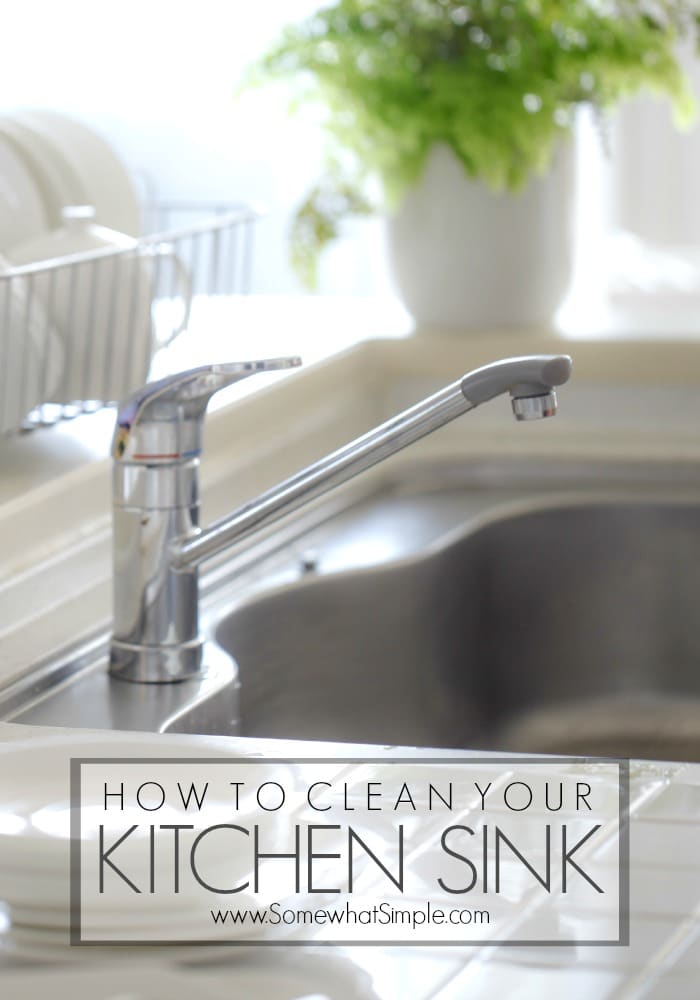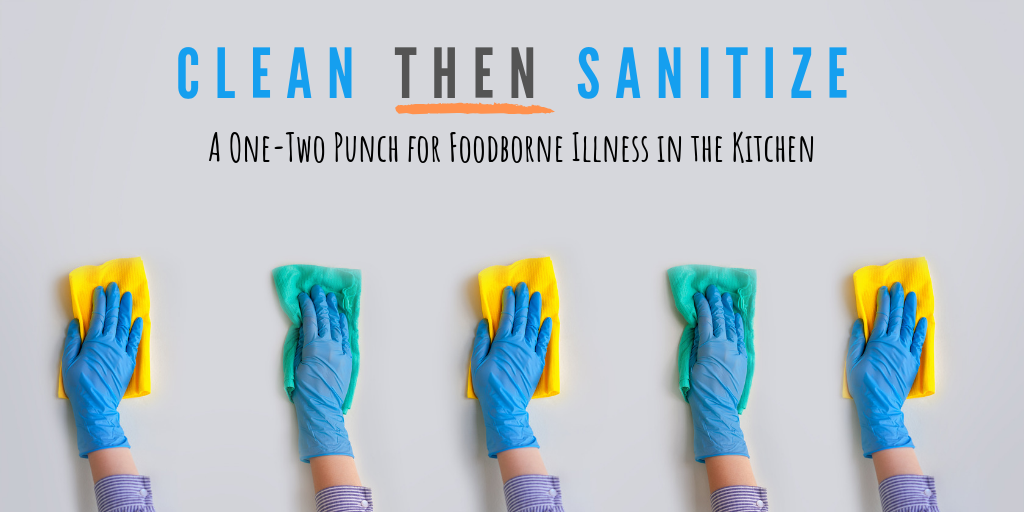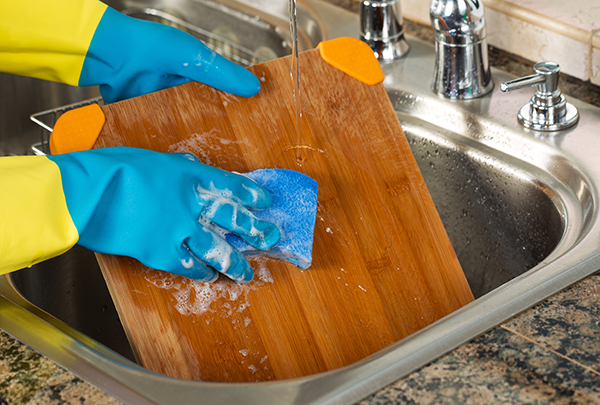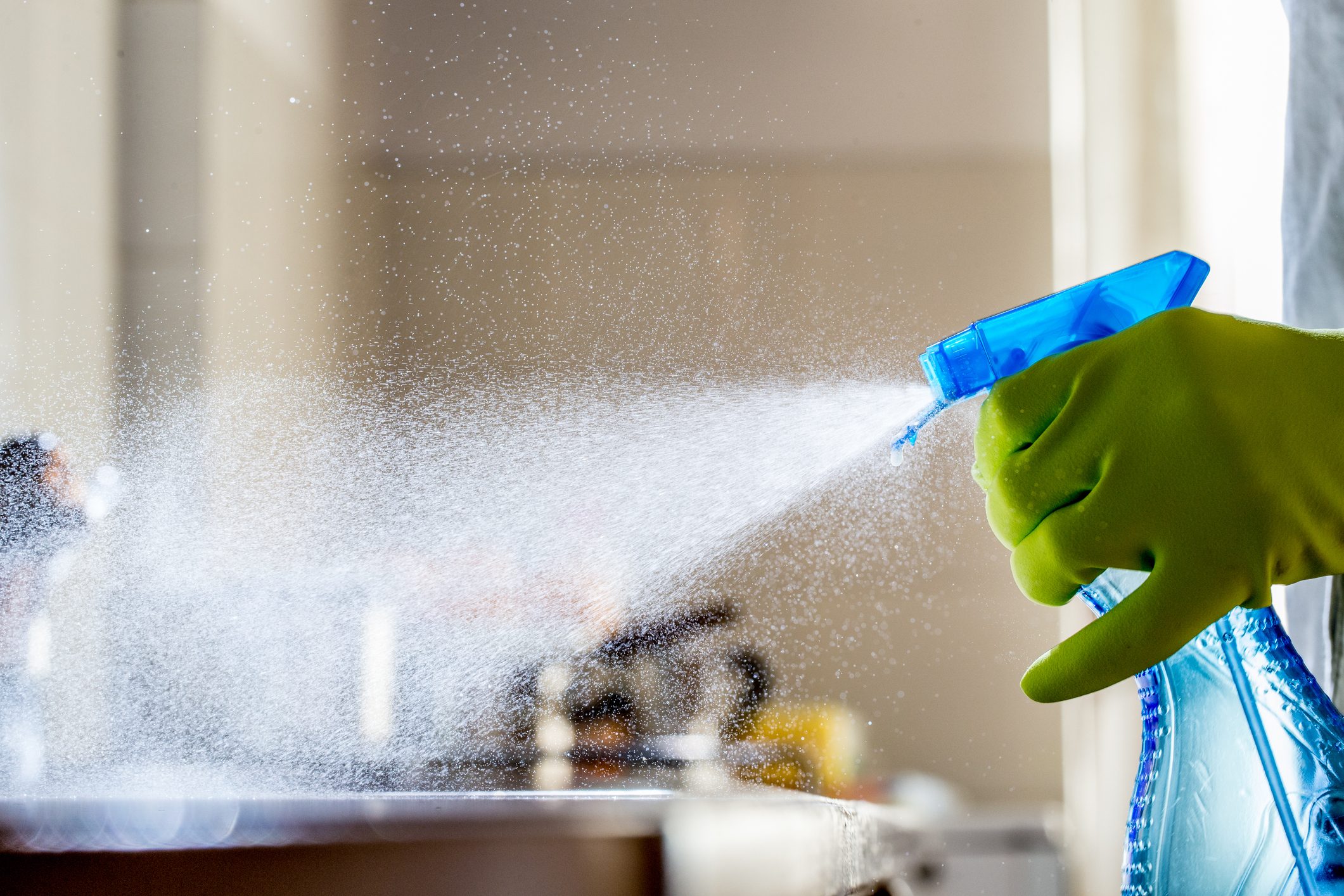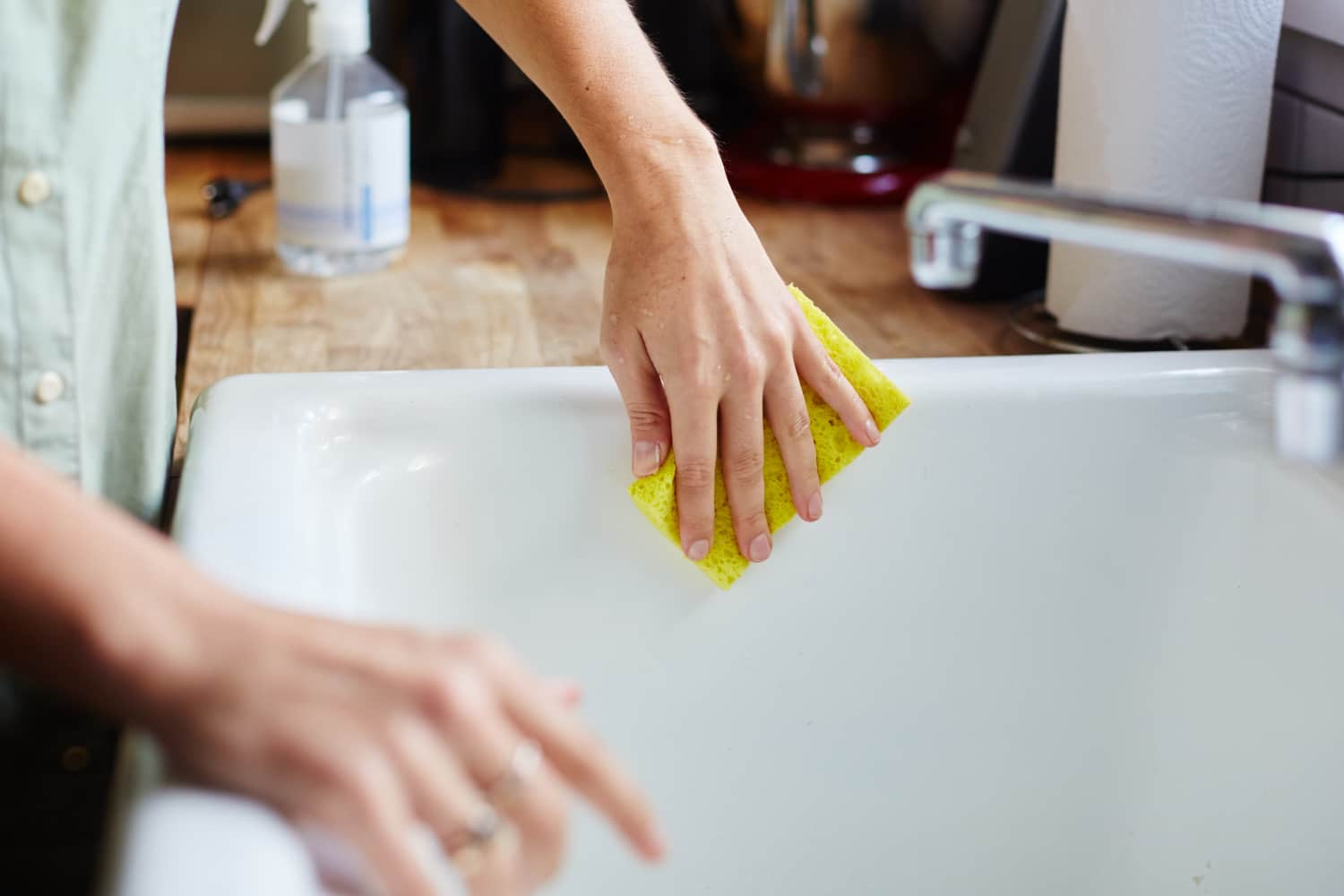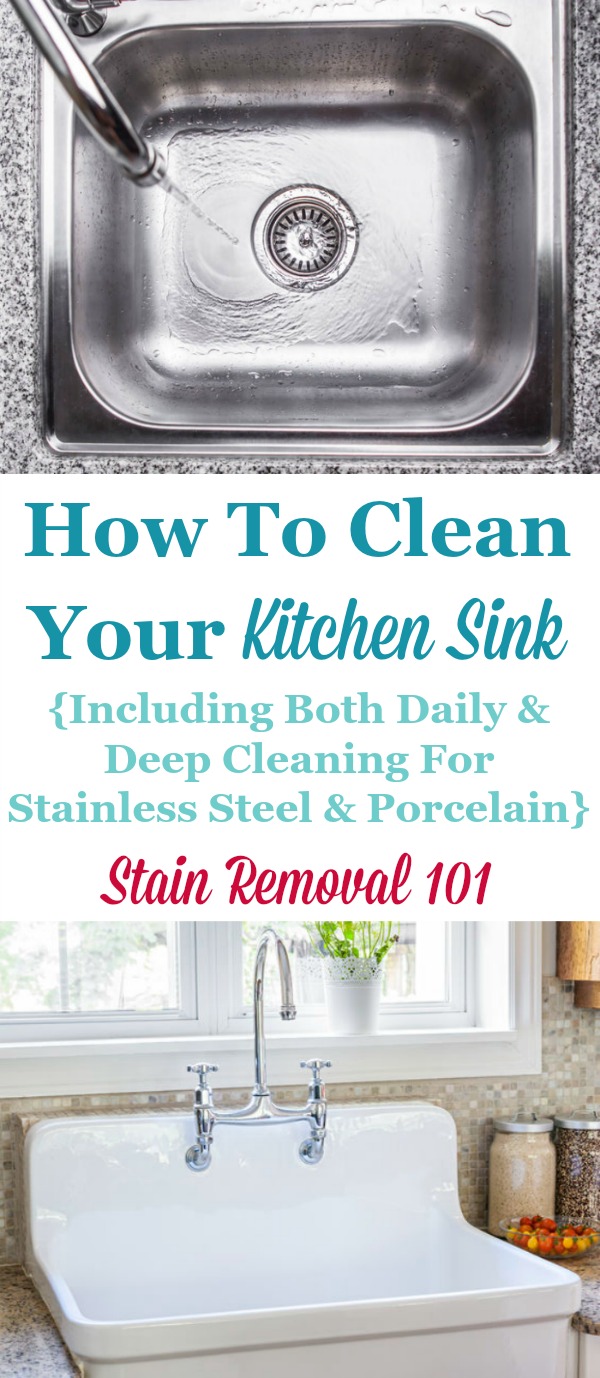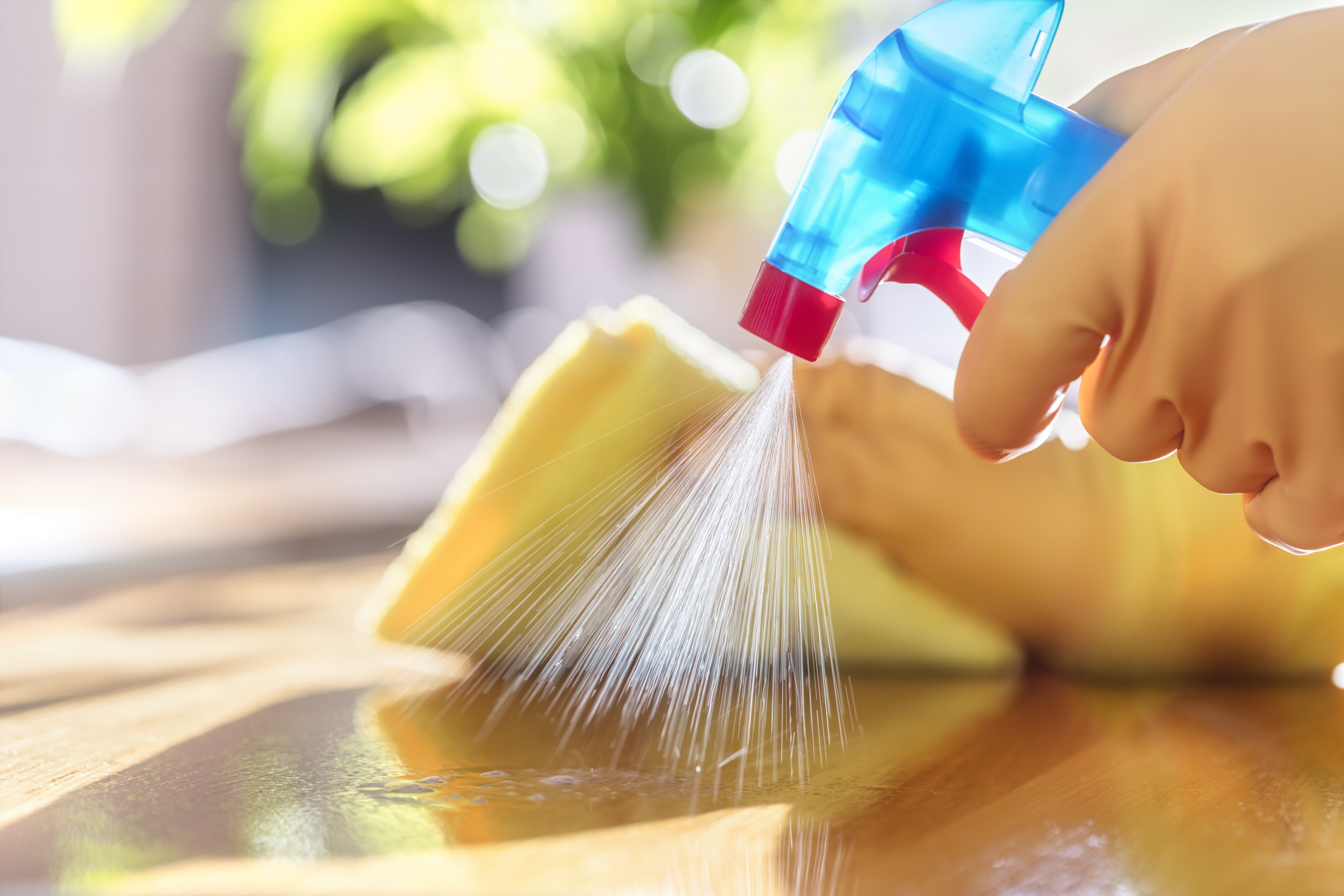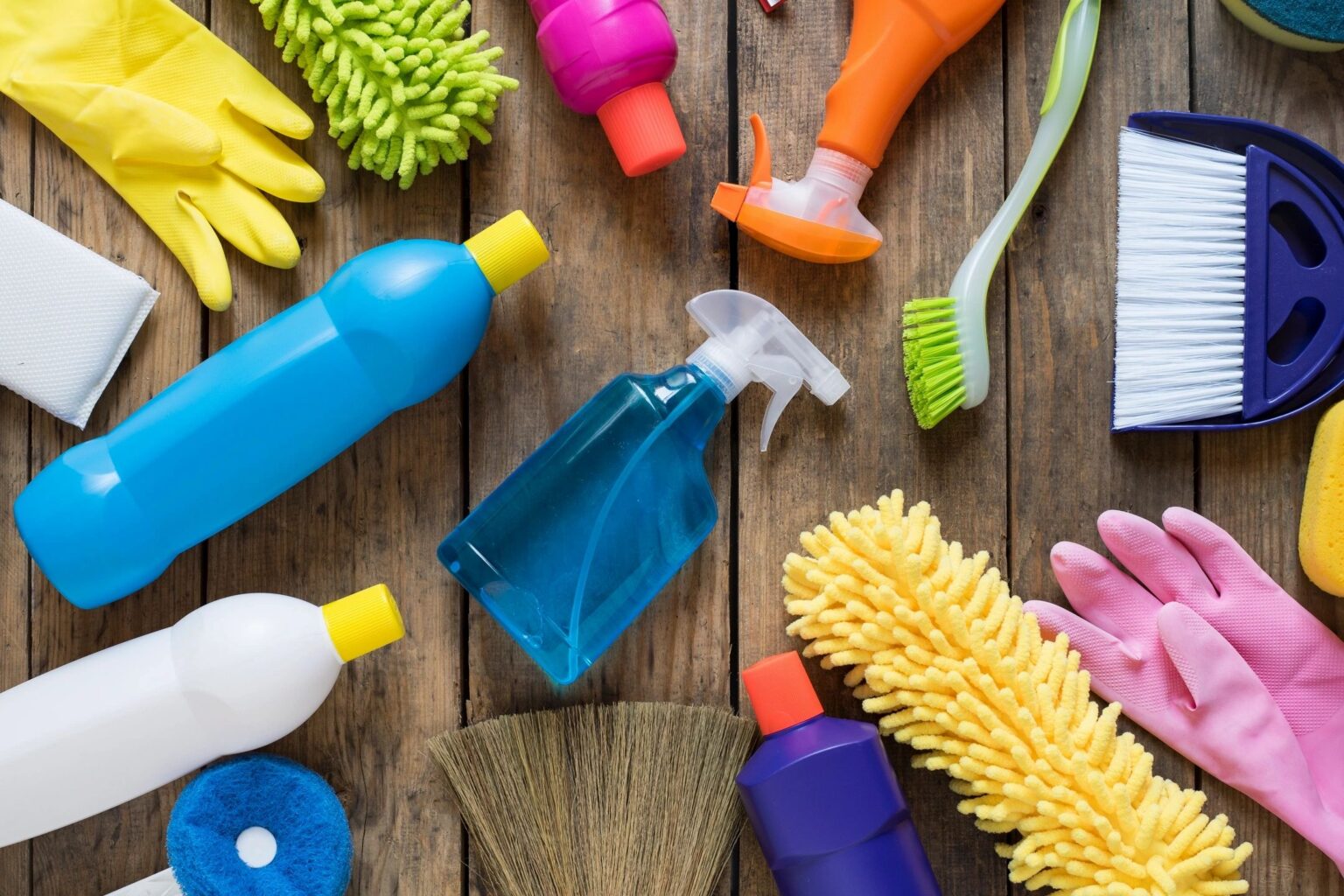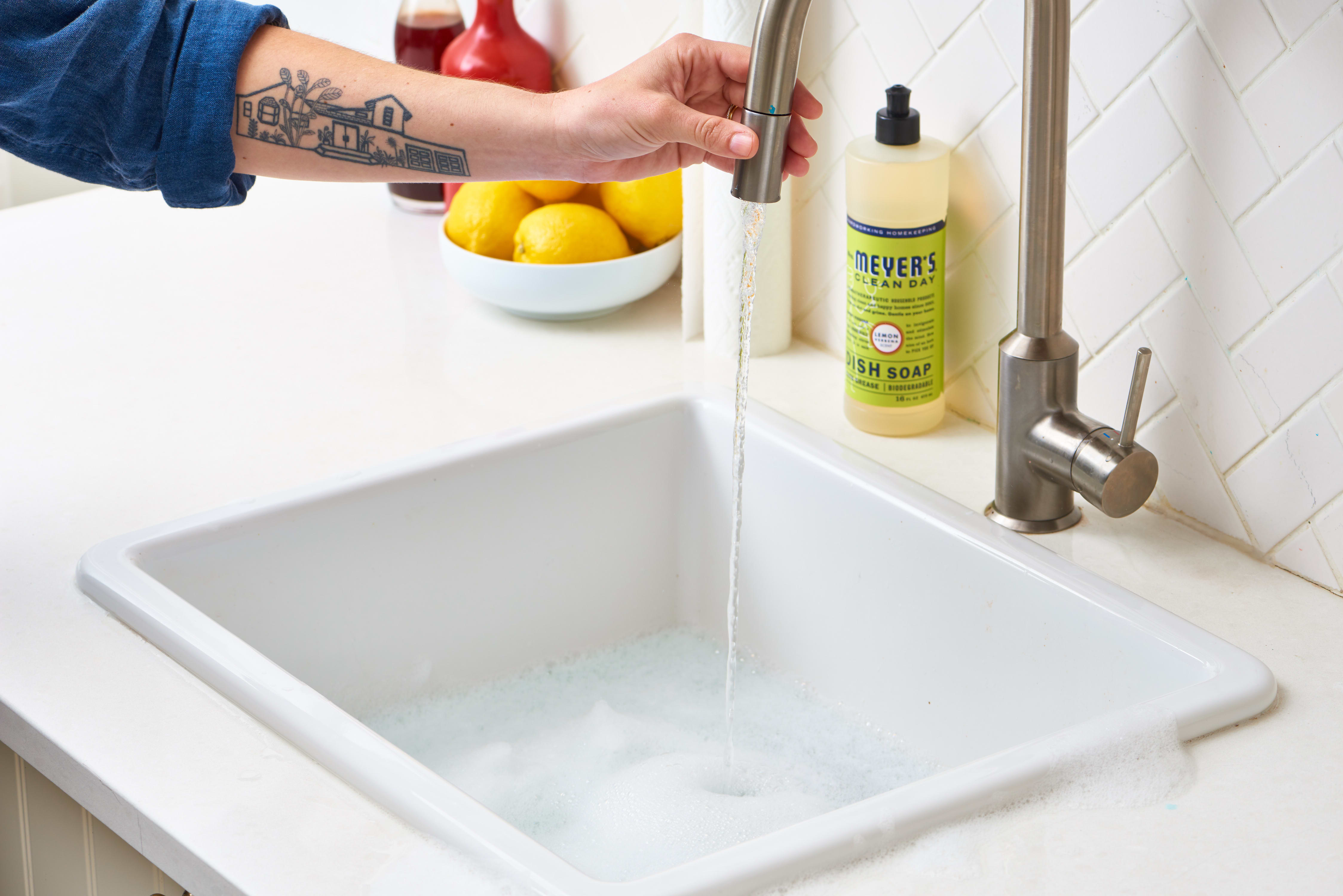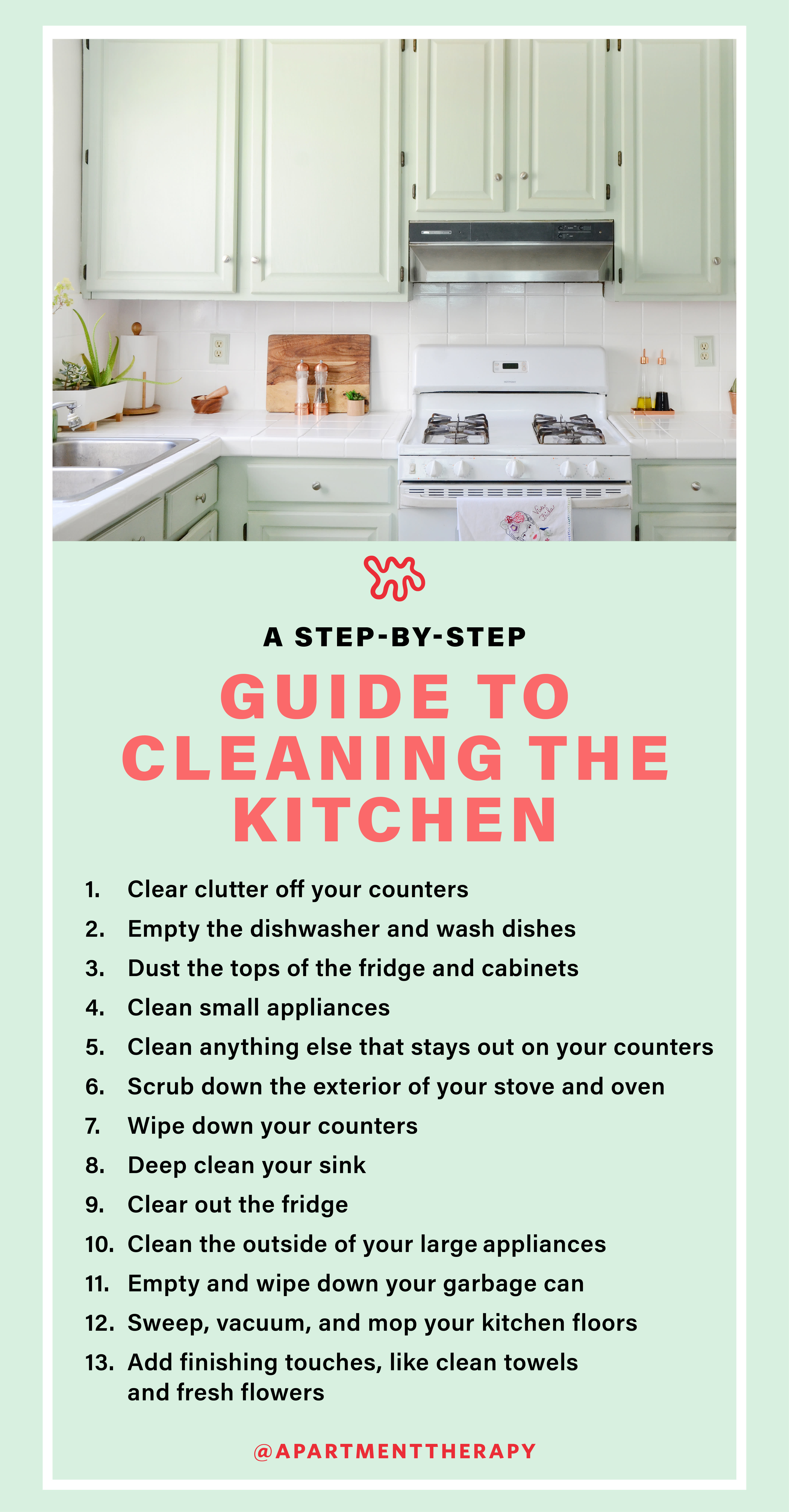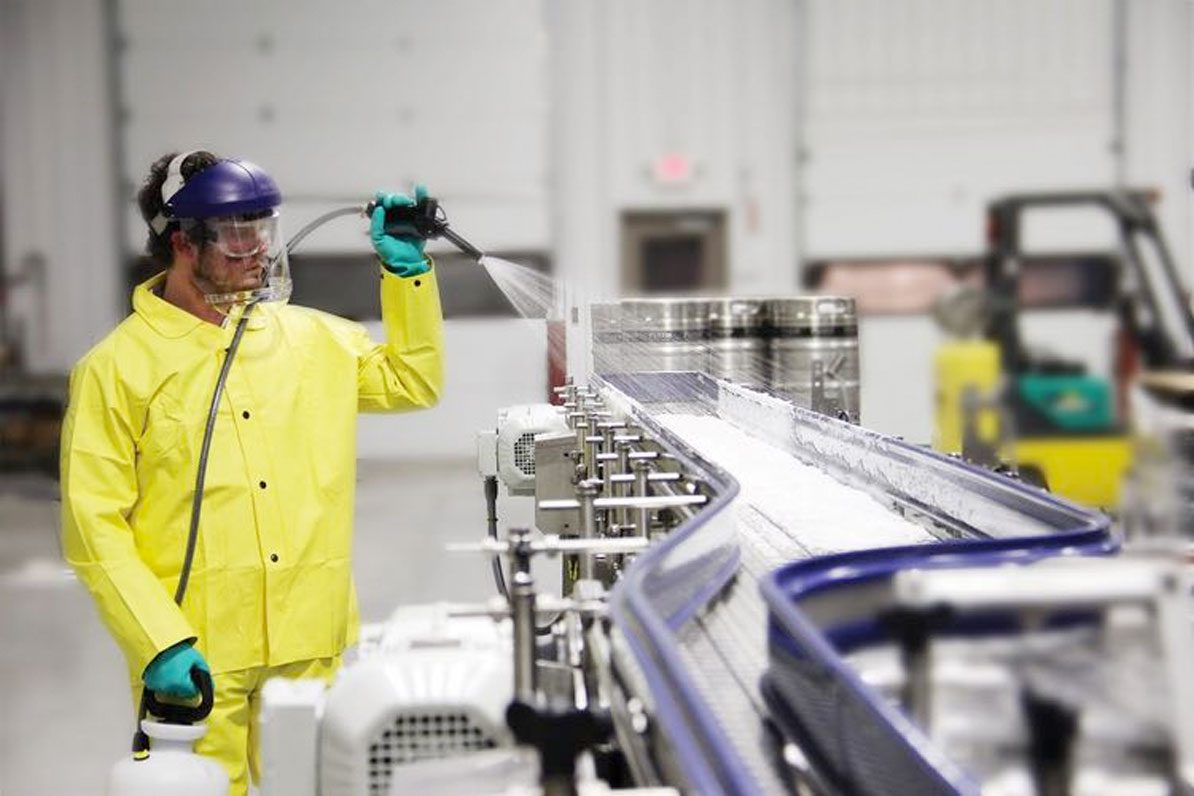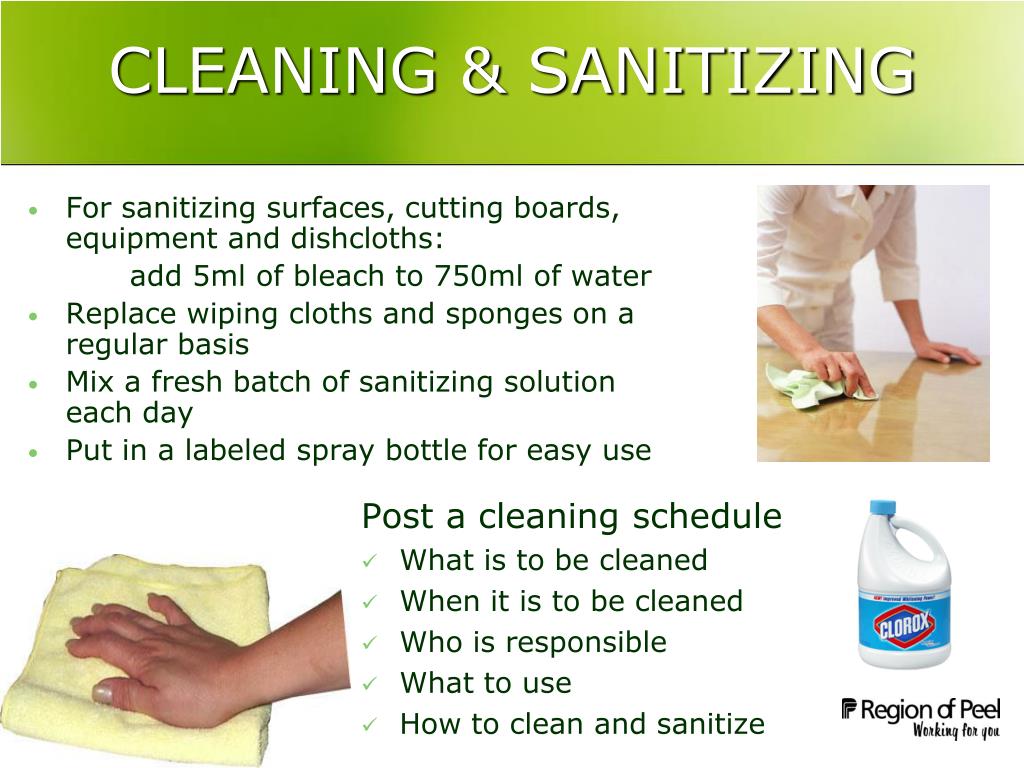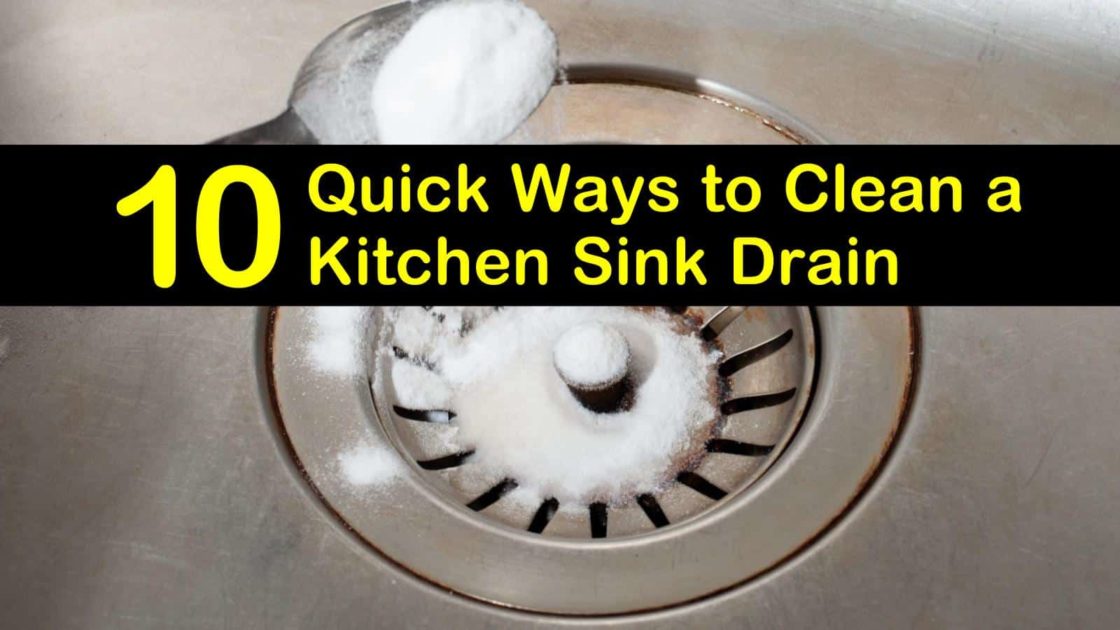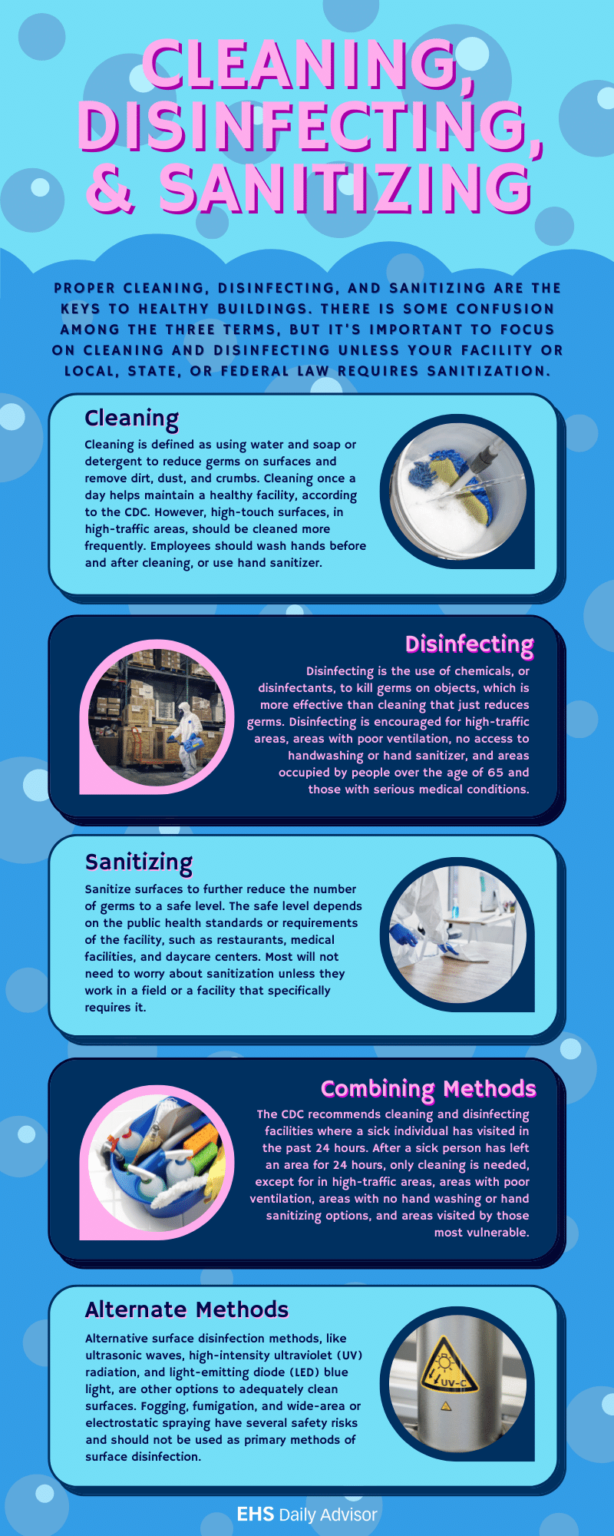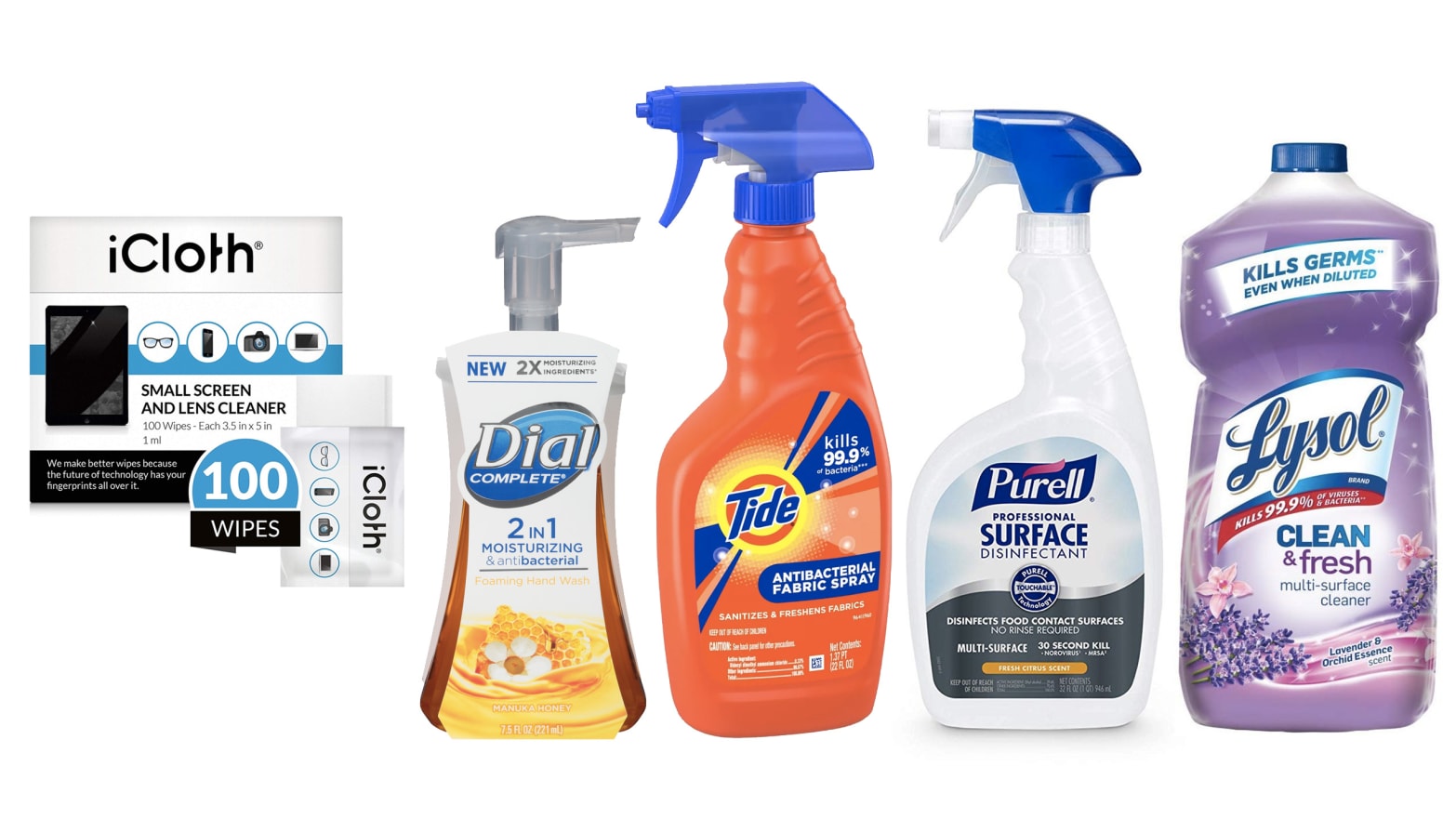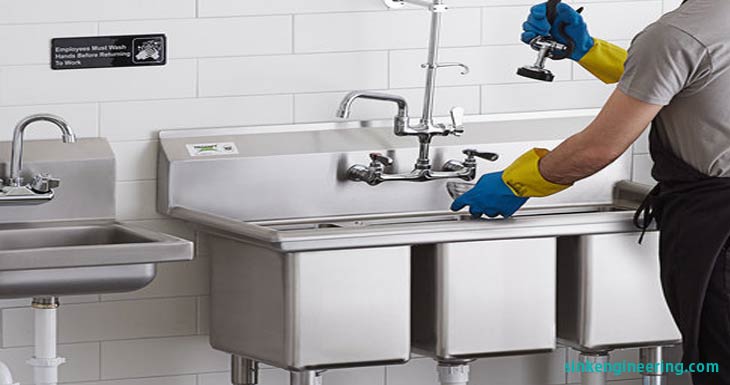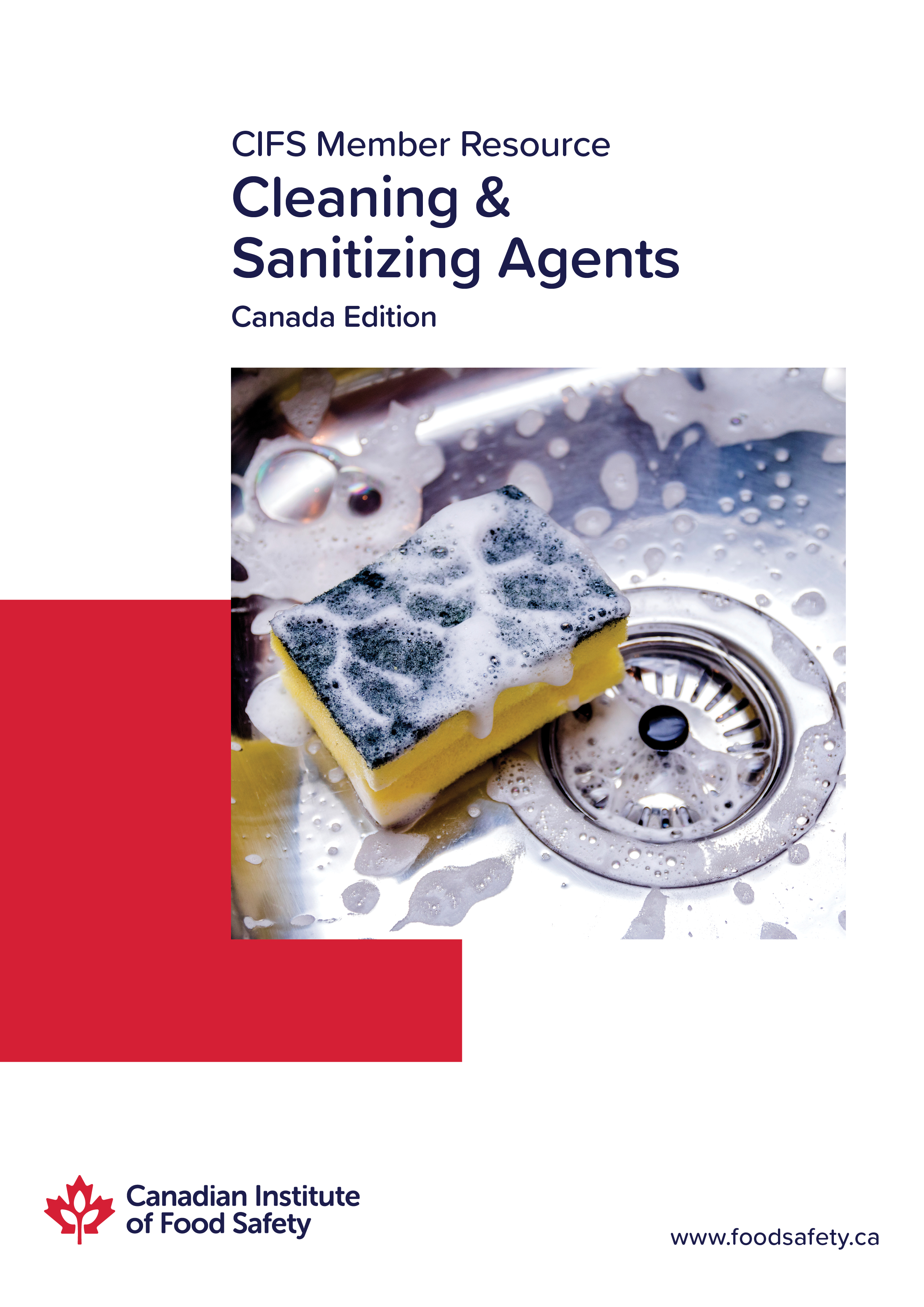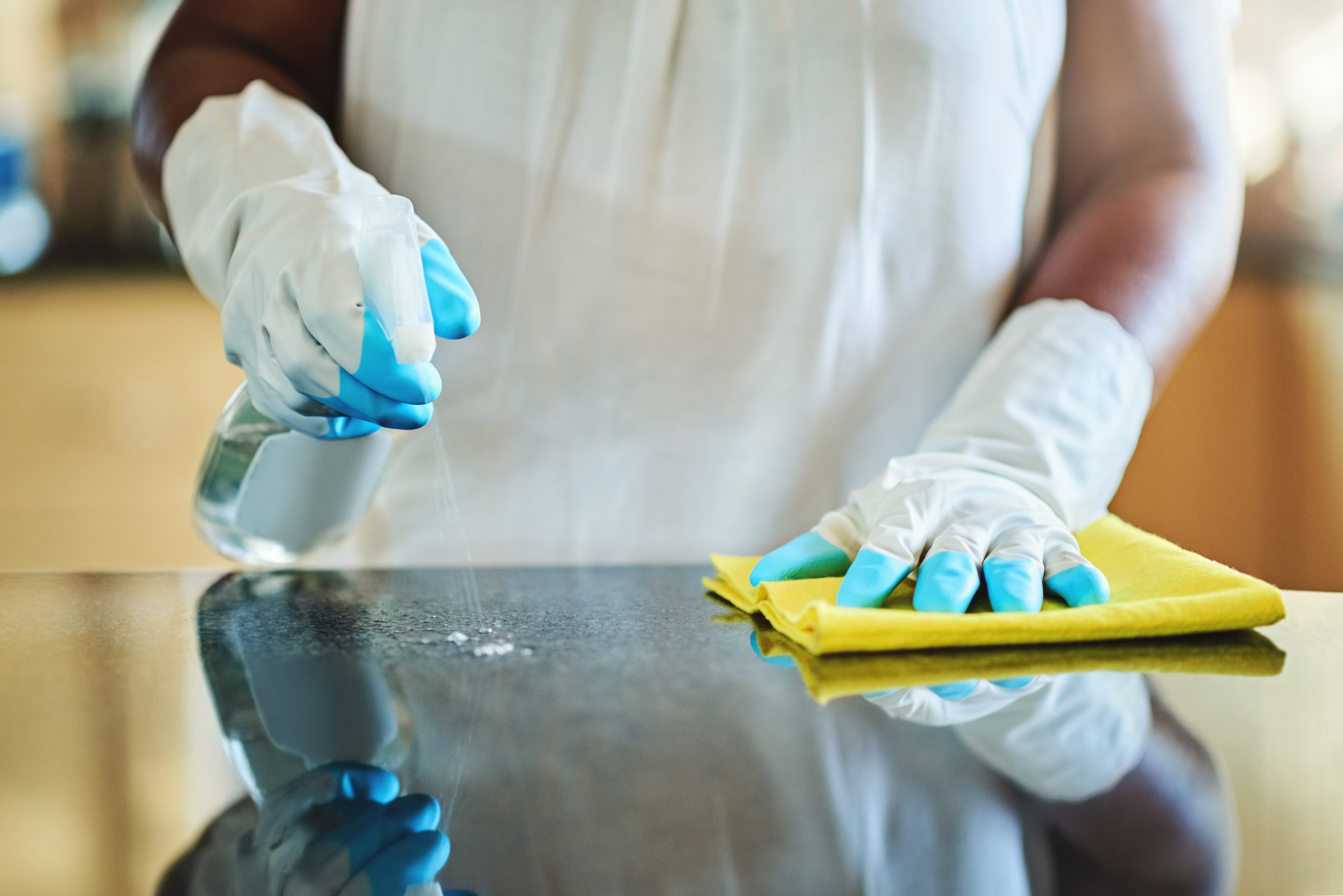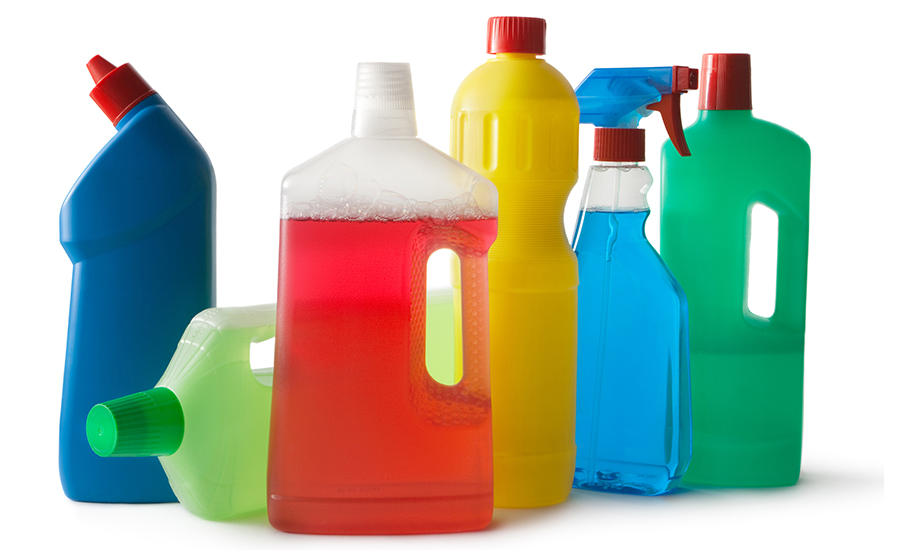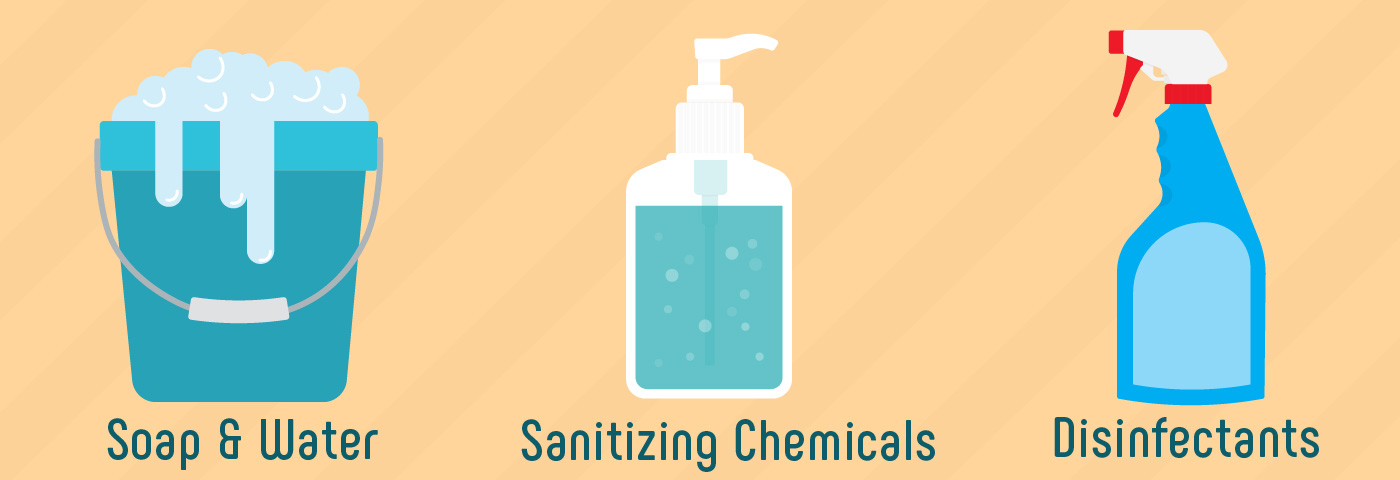How to Clean and Sanitize Your Kitchen Sink
Cleaning and sanitizing your kitchen sink is essential for maintaining a hygienic and healthy home. With constant use, your sink can quickly become a breeding ground for bacteria, leaving your family at risk of illnesses. In this article, we will discuss the top 10 ways to thoroughly clean and sanitize your kitchen sink, ensuring a clean and safe environment for you and your loved ones.
How to Clean and Disinfect Your Kitchen Sink
To properly clean and disinfect your kitchen sink, you will need to start by removing any dishes or debris from the sink. Then, use a scrub brush and hot soapy water to scrub away any food particles or stains. Rinse the sink thoroughly with hot water, and then spray it with a disinfectant cleaner. Let the cleaner sit for a few minutes before wiping it down with a clean cloth or sponge. Finally, rinse the sink again with hot water and dry it with a clean towel.
Best Products for Cleaning and Sanitizing Your Kitchen Sink
When it comes to cleaning and sanitizing your kitchen sink, there are many products available on the market. However, some of the best options include bleach, white vinegar, and hydrogen peroxide. These natural and affordable products are effective in killing bacteria and removing stains. You can also opt for commercial disinfectants specifically designed for kitchen sinks.
DIY Natural Cleaners for Your Kitchen Sink
If you prefer to use natural and eco-friendly cleaners, there are plenty of DIY options for cleaning and sanitizing your kitchen sink. One popular method is using a mixture of baking soda and lemon juice. Simply sprinkle baking soda over the sink, add a few drops of lemon juice, and scrub with a brush or sponge. Rinse with hot water, and your sink will be sparkling clean and smelling fresh.
Step-by-Step Guide for Cleaning and Sanitizing Your Kitchen Sink
To ensure that you are thoroughly cleaning and sanitizing your kitchen sink, here is a step-by-step guide to follow:
Top Tips for Keeping Your Kitchen Sink Clean and Sanitized
Now that you know how to properly clean and sanitize your kitchen sink, here are some top tips to help you maintain a clean and sanitized sink:
The Importance of Regularly Cleaning and Sanitizing Your Kitchen Sink
Cleaning and sanitizing your kitchen sink is crucial for maintaining a healthy home. Not only does it prevent the spread of bacteria and germs, but it can also help extend the lifespan of your sink. Regularly cleaning and sanitizing your sink can also prevent unpleasant odors and keep your kitchen looking clean and inviting.
How to Deep Clean and Sanitize Your Kitchen Sink
For a deeper clean, you can use a paste made of baking soda and hydrogen peroxide. Apply the paste to your sink and let it sit for 15 minutes before scrubbing and rinsing. You can also use a mixture of equal parts water and white vinegar to disinfect your sink. Let it sit for 15 minutes before wiping it down and rinsing.
Eco-Friendly Methods for Cleaning and Sanitizing Your Kitchen Sink
If you are looking for more eco-friendly options, you can use a mixture of water, vinegar, and essential oils to clean and disinfect your sink. You can also make your own all-purpose cleaner using water, vinegar, and lemon juice. These natural alternatives are safe for the environment and your family.
Common Mistakes to Avoid When Cleaning and Sanitizing Your Kitchen Sink
When it comes to cleaning and sanitizing your kitchen sink, there are some common mistakes you should avoid to ensure a thorough and effective clean. Some of these mistakes include not rinsing your sink after using cleaning products, using abrasive cleaners that can damage your sink, and neglecting to clean your sink regularly.
In conclusion, maintaining a clean and sanitized kitchen sink is essential for a healthy and hygienic home. By following the tips and methods outlined in this article, you can ensure that your sink stays clean and free of harmful bacteria. Remember to regularly clean and disinfect your sink and avoid common mistakes for the best results.
Cleaning and Sanitizing Your Kitchen Sink for a Healthy Home
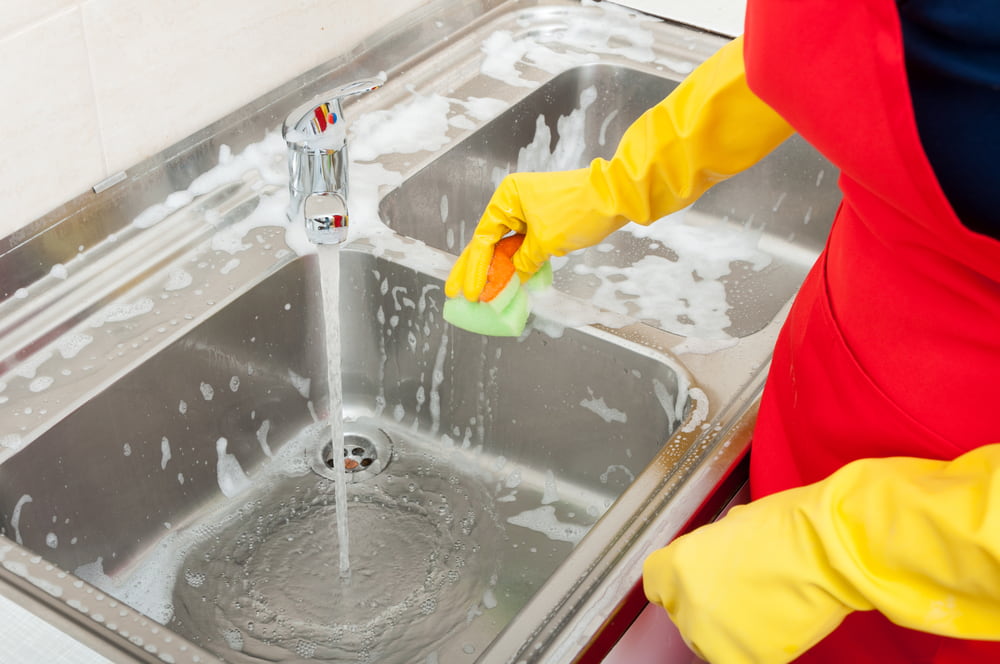
The Importance of Regular Cleaning and Sanitizing
 Keeping your kitchen sink clean and sanitized is essential for maintaining a healthy home. The sink is one of the most frequently used areas in the kitchen, and it can harbor harmful bacteria and germs if not cleaned properly. Regular cleaning and sanitizing can help prevent the spread of illness and keep your family safe.
Keeping your kitchen sink clean and sanitized is essential for maintaining a healthy home. The sink is one of the most frequently used areas in the kitchen, and it can harbor harmful bacteria and germs if not cleaned properly. Regular cleaning and sanitizing can help prevent the spread of illness and keep your family safe.
Steps for Cleaning and Sanitizing Your Kitchen Sink
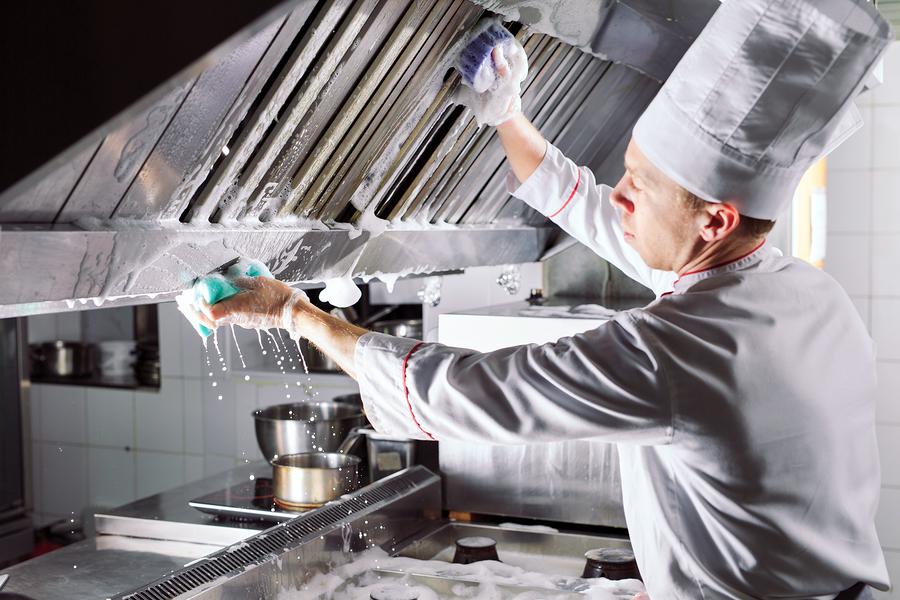 Cleaning
The first step to a clean and sanitized kitchen sink is to remove any visible dirt and debris. Start by rinsing the sink with hot water, then use a mild dish soap and a sponge to scrub the sink thoroughly. Be sure to clean the faucet and handles as well. Rinse the sink with hot water again and dry it with a clean cloth.
Sanitizing
Sanitizing your sink will kill any remaining germs and bacteria. There are several options for sanitizing, including using a solution of water and bleach, white vinegar, or hydrogen peroxide. Whichever method you choose, be sure to follow the instructions carefully and use gloves to protect your hands.
Preventative Measures
To keep your sink clean and sanitized for longer, there are some preventative measures you can take. Avoid leaving dirty dishes in the sink for extended periods, as this can lead to bacteria growth. Also, be mindful of what you are putting down the drain. Avoid pouring grease or oils down the sink, as these can cause blockages and attract bacteria.
Cleaning
The first step to a clean and sanitized kitchen sink is to remove any visible dirt and debris. Start by rinsing the sink with hot water, then use a mild dish soap and a sponge to scrub the sink thoroughly. Be sure to clean the faucet and handles as well. Rinse the sink with hot water again and dry it with a clean cloth.
Sanitizing
Sanitizing your sink will kill any remaining germs and bacteria. There are several options for sanitizing, including using a solution of water and bleach, white vinegar, or hydrogen peroxide. Whichever method you choose, be sure to follow the instructions carefully and use gloves to protect your hands.
Preventative Measures
To keep your sink clean and sanitized for longer, there are some preventative measures you can take. Avoid leaving dirty dishes in the sink for extended periods, as this can lead to bacteria growth. Also, be mindful of what you are putting down the drain. Avoid pouring grease or oils down the sink, as these can cause blockages and attract bacteria.
Other Tips for Maintaining a Clean and Sanitized Kitchen Sink
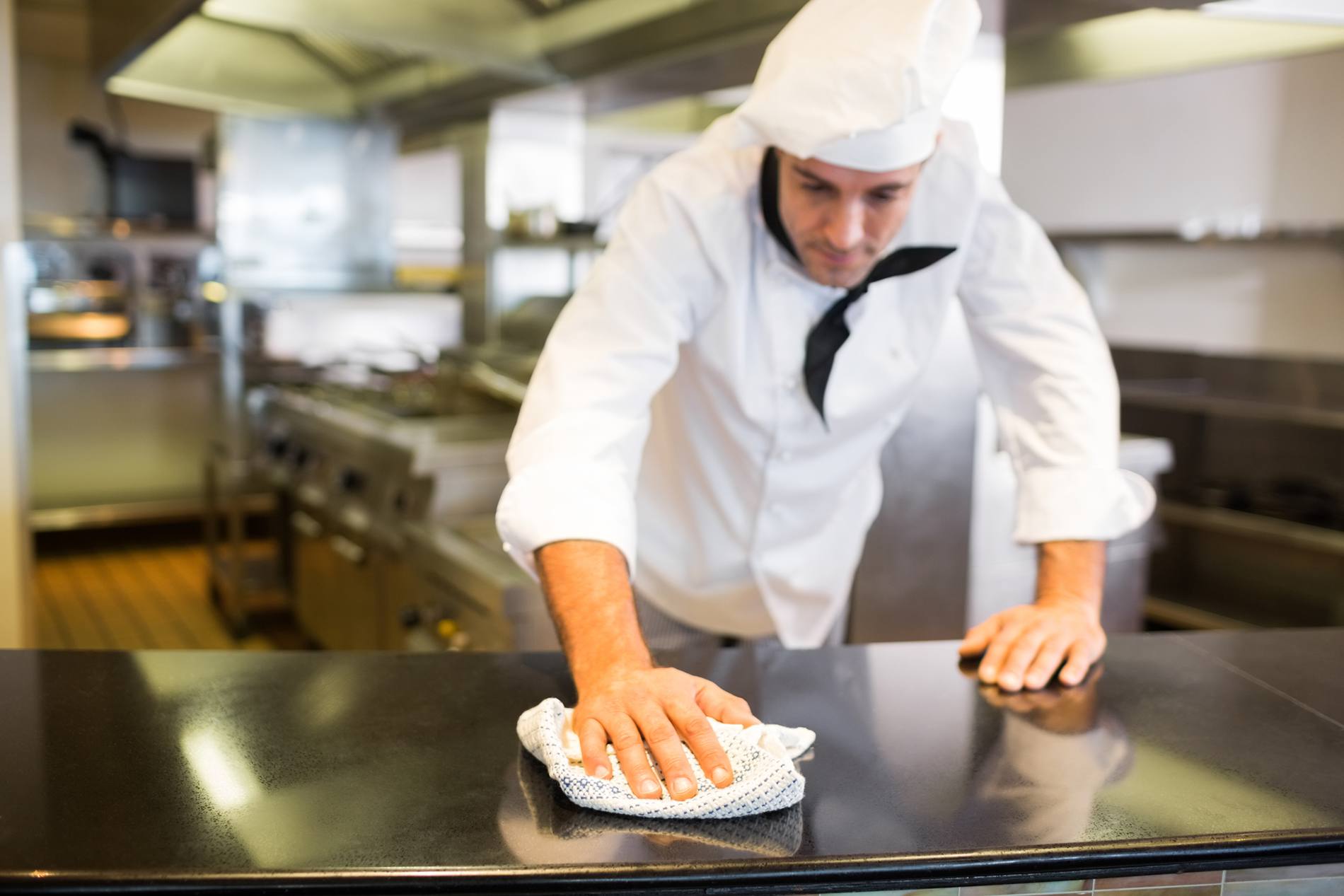 - Clean your sink daily to prevent the buildup of grime and bacteria.
- Use a separate sponge or cloth specifically for cleaning the sink.
- Consider installing a garbage disposal to help with food scraps and waste.
- Use a drain strainer to catch any food particles and prevent clogs.
- For a natural and effective cleaner, mix baking soda and water to create a paste and use it to scrub the sink.
- Clean your sink daily to prevent the buildup of grime and bacteria.
- Use a separate sponge or cloth specifically for cleaning the sink.
- Consider installing a garbage disposal to help with food scraps and waste.
- Use a drain strainer to catch any food particles and prevent clogs.
- For a natural and effective cleaner, mix baking soda and water to create a paste and use it to scrub the sink.
In Conclusion
 A clean and sanitized kitchen sink is crucial for maintaining a healthy home. By following these steps and implementing some preventative measures, you can ensure that your sink remains a safe and hygienic place for all your food preparation and cleaning needs. Remember to clean and sanitize your sink regularly to keep your family safe and healthy.
A clean and sanitized kitchen sink is crucial for maintaining a healthy home. By following these steps and implementing some preventative measures, you can ensure that your sink remains a safe and hygienic place for all your food preparation and cleaning needs. Remember to clean and sanitize your sink regularly to keep your family safe and healthy.

